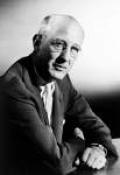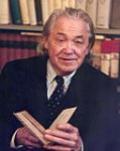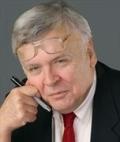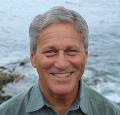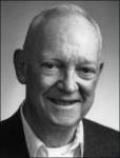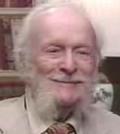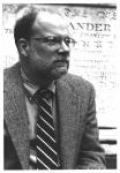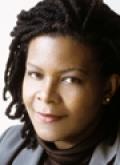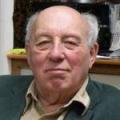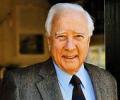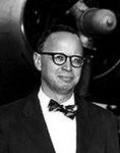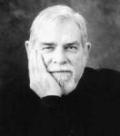War in the Pacific
Many observers ignore the real cost of Japan's war in eastern Asia.
Too often overlooked today, the New Guinea campaign was the longest of the Pacific War, with 340,000 Americans fighting more than half a million Japanese.
The great war correspondent, who died 75 years ago during the battle of Okinawa, had a knack for connecting with everyday people, both on the front lines and at home.
The author took part in the first night combat with Japanese bombers. In that dramatic action, he witnessed the loss of Butch O'Hare, the famous World War II ace for whom O’Hare Airport was named.
A preeminent author recalls his experience as one of America's first combat historians, among a handful of men who accompanied soldiers into the bloodiest battles to write history as it was being made
A preeminent author recalls his experience as one of America's first combat historians, among a handful of men who accompanied soldiers into the bloodiest battles to write history as it was being made
In the Aleutian Islands you can explore a landscape of violent beauty, discover the traces of an all-but-forgotten war, and (just possibly) catch a $100,000 fish
THE ATOLL WHERE THE TIDE OF THE PACIFIC WAR TURNED IS NOW BOTH A STIRRING
HISTORICAL LANDMARK AND A STUNNING WILD LIFE REFUGE.
Revisiting the seas where American carriers turned the course of history, a Navy man re-creates a time of frightful odds and brilliant gambles.
Their High Command abandoned them. Their enemy thought they wouldn’t fight. But a few days after Pearl Harbor, a handful of weary Americans gave the world a preview of what the Axis was up against.
A marine correspondent recalls the deadliest battle of the Pacific war
The famed aviator recalls the dramatic bombing raid he led on Tokyo early in World War II.
“The Rock” was a proud island fortress, impregnable to attack from the sea. Unfortunately, the Japanese didn’t come that way. Its capture climaxed the bitterest defeat in our history
So thought many a weary Marine after the bloody, interminable battle for Guadalcanal. It was only a dot in the ocean, but upon its possession turned the entire course of the Pacific war
A single great photograph has become an indelible symbol of the Marines’ heroic fight for the Japanese island. But hours earlier a now-almost-forgotten platoon had raised the first American flag on Mt. Suribachi’s scarred summit—and under enemy fire
At 10:24 on the morning of June 4, 1942, the Japanese seemed to have won the Battle of Midway—and with it the Pacific war. By 10:30 things were different





